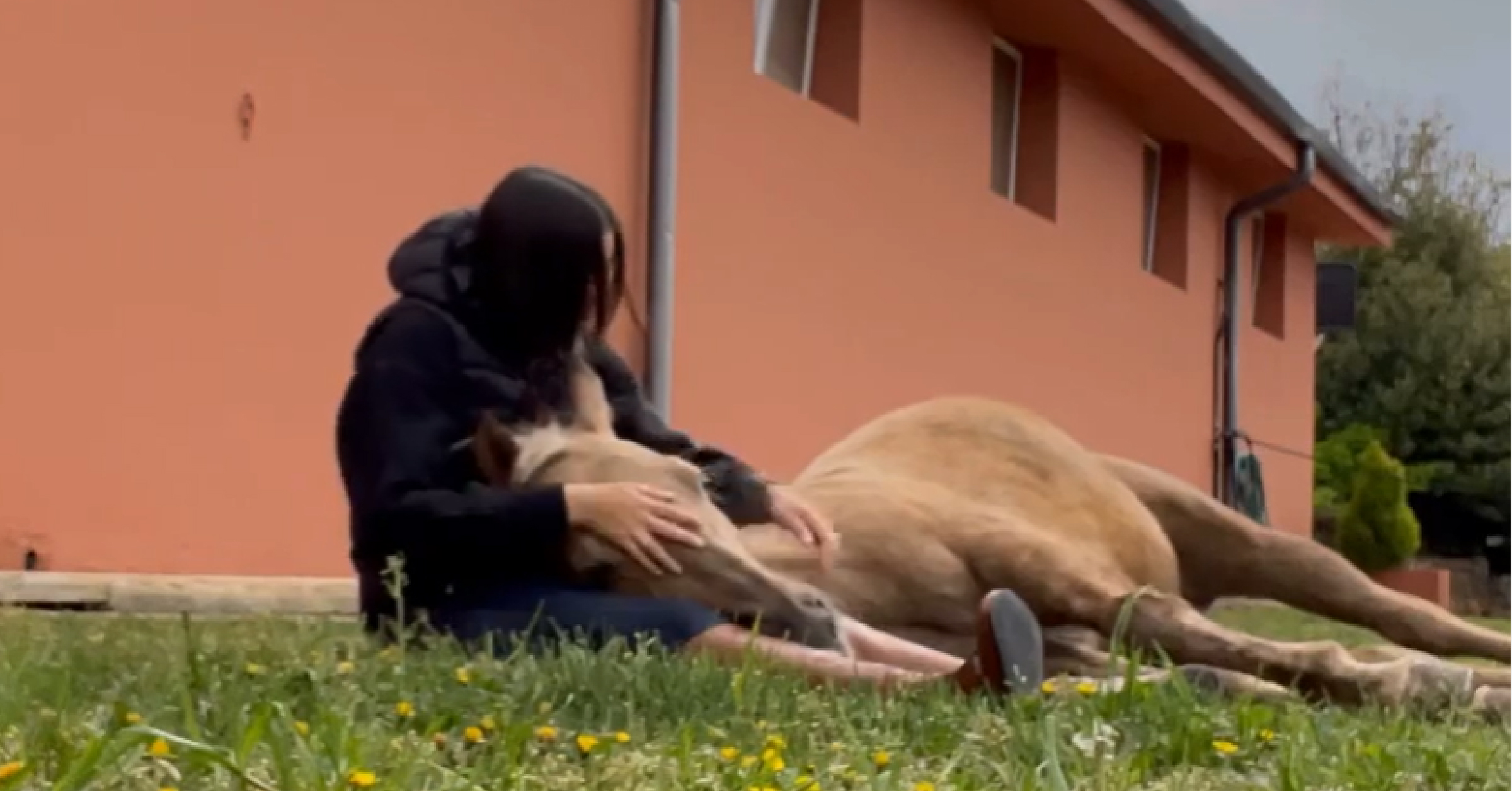Did you ever hear of laminitis? If you have a horse, or even if you just like horses, you probably heard about it. Well, in this video, you can see how hard it is watching your horse being in pain and not being able to help it.
For those who don’t know, laminitis is inflammation of the laminae of the foot – the soft tissue structures that attach the coffin or pedal bone of the foot to the hoof wall. The inflammation and damage to the laminae cause extreme pain and lead to instability of the coffin bone in the hoof.
Laminitis can be caused by many factors, including overeating (obesity), working on a hard surface, running high fevers, exposure to black walnut shavings, and stress. Besides, horses with Equine Metabolic Syndrome and Equine Cushing’s Syndrome are predisposed to laminitis.
The most common signs of laminitis are horse standing abnormally (the classic laminitis stance where the horse rocks back on their hind legs to take the weight off their front legs) and lying down more than normal/usual.
In laminitis, the blood flow to the laminae is affected, resulting in inflammation and swelling in the tissues within the hoof and severe pain. As the laminae are starved of oxygen and nutrient-rich blood, the cells become damaged. Unfortunately, any horse or pony can be affected by laminitis.
But it takes weeks to months for a horse to recover from laminitis. In one research study, 72% of animals were sound at the trot after eight weeks, and 60% were back at work. With mild laminitis in which there is slight rotation or no rotation at all, the recovery time is typically 6-12 weeks without any complications. Some horses require longer recoveries or develop chronic laminitis, which has more involved treatment regimens.
The immediate treatments of severe laminitis are by icing the feet for the first 48 hours and administering non-steroidal anti-inflammatory drugs (NSAIDs) such as phenylbutazone (Bute) or flunixin meglumine (Banamine).
